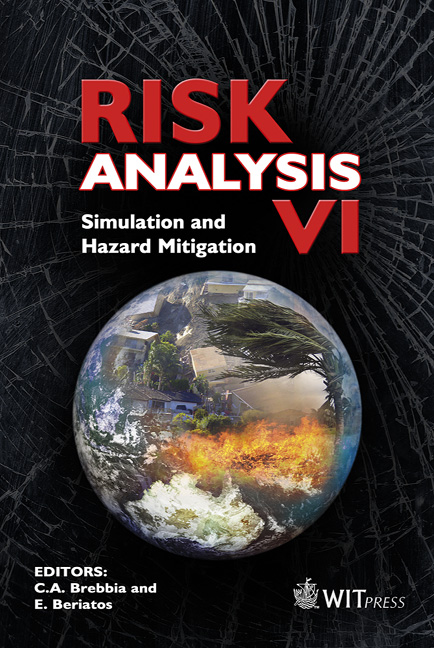Seismic Risk Assessment Of The Rural Road Network
Price
Free (open access)
Volume
39
Pages
10
Page Range
91 - 100
Published
2008
Size
725 kb
Paper DOI
10.2495/RISK080101
Copyright
WIT Press
Author(s)
S. Cafiso, A. L. Bruna & G. L. Cava
Abstract
In the case of damage produced by seismic events the effects of an interruption to the road network and the consequent reduction of what remains available greatly affect the overall performance of the system. Thus, the need to guarantee that the transport network functions after seismic events requires a seismic risk analysis of the road system which is able to evaluate the effects of earthquakes beforehand in order to define a priority ranking for maintenance and seismic retrofit programs. This paper proposes a methodology for the evaluation of seismic risk on rural road networks. The model used to define the risk level of the road lifelines is based on the product of three factors: area seismic hazard, road link seismic exposure, bridge seismic vulnerability. A network risk analysis was carried out to measure network performance as related to its capability to oppose or react against the failure of one or more elements. The methodology has been designed for use with the Geographic Information System (GIS). A case study carried out in a GIS environment, showed the potential of the model to highlight which towns and links are in the most critical condition. Keywords: road network, lifeline, seismic risk, GIS, bridge, exposure, vulnerability, hazard, damage. 1 Introduction In the case of damage produced by seismic events, the effects of an interruption to the road network and the consequent reduction of what remains available profoundly affect the overall performance of the system (increasing traveling
Keywords
road network, lifeline, seismic risk, GIS, bridge, exposure, vulnerability, hazard, damage.





